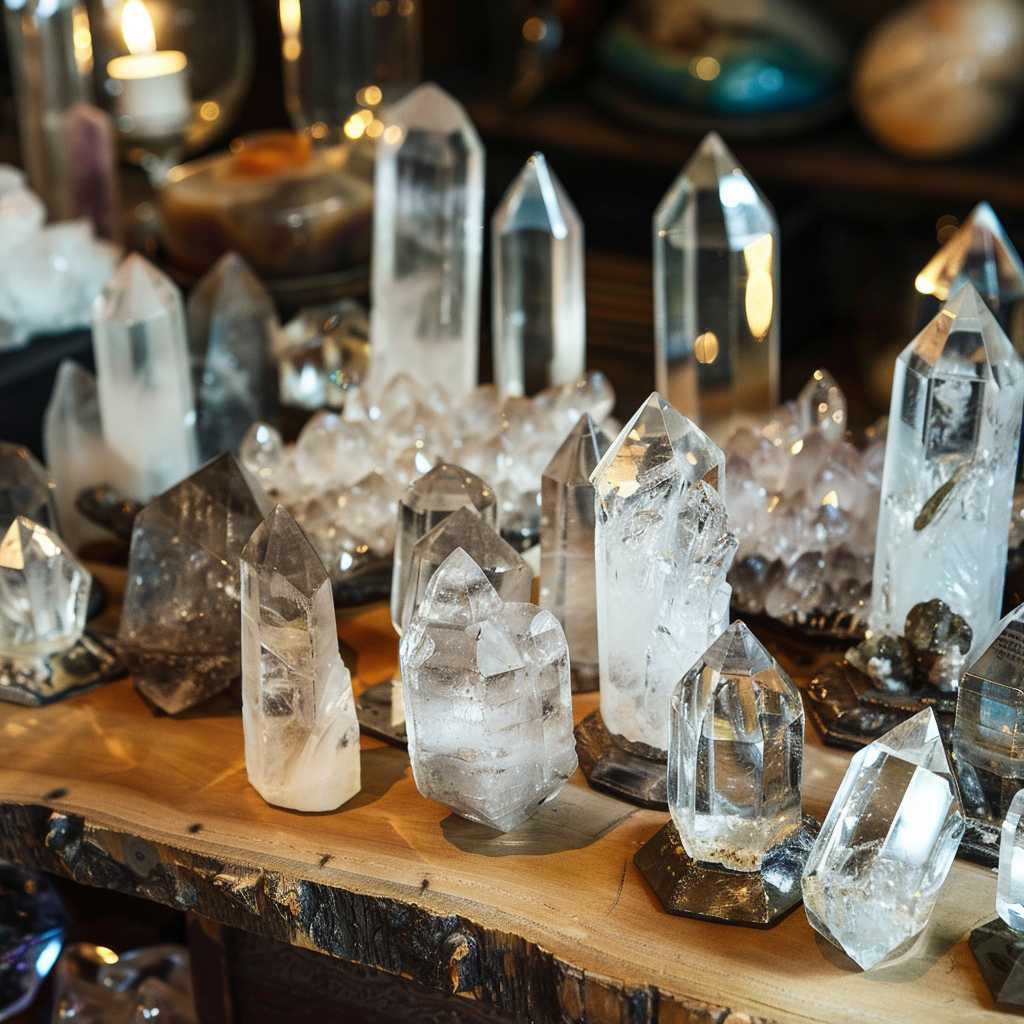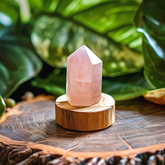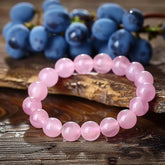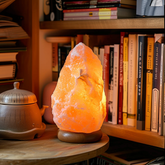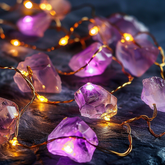What Are Artificial Olive Trees Made Of?
What Are Artificial Olive Trees Made Of?
There’s something magical about olive trees – their silvery-green leaves whisper stories of sun-drenched coasts and timeless elegance. But let’s face it: keeping real plants thriving indoors can feel like a losing battle. That’s where expertly crafted alternatives step in, offering year-round beauty without the fuss.

At Gaia’s Tears, we’ve spent years perfecting the balance between artistry and durability. Our creations blend silk’s delicate sheen with weather-resistant plastics, capturing nature’s essence in every detail. The secret? Layered materials that mimic organic textures while standing up to daily life.
You’ll discover flexible iron-wire branches wrapped in realistic bark textures, paired with trunks crafted from resin-coated fiberglass. These aren’t your grandma’s plastic plants – they’re designed to fool the eye while lasting decades. We’ll show you how each component works together to create stunning, low-maintenance décor.
Key Takeaways
- Premium brands combine silk, plastics, and resins for authentic-looking foliage
- Iron-reinforced branches allow natural shaping without sagging
- Fiberglass trunks provide stability while mimicking real tree textures
- Material choices directly impact longevity and visual appeal
- Understanding construction helps select pieces matching your lifestyle
Let’s explore how modern craftsmanship transforms synthetic materials into breathtaking botanical replicas. You’ll gain the knowledge to choose pieces that elevate your space effortlessly.
Introduction to Artificial Olive Trees
Transform any room into a Mediterranean oasis without the hassle of plant care. Modern faux olive trees deliver instant sophistication, blending seamlessly with both contemporary and traditional home decor. Their secret? Advanced materials that withstand sunlight exposure while keeping colors vibrant for years.

We’ve designed these pieces for busy lifestyles. Unlike living plants, they thrive in windowless offices or dim corners – no watering cans or grow lights needed. The latest models feature UV-resistant leaves that won’t yellow, making them perfect for sunrooms or covered patios.
For those new to artificial olive trees buying guides, here’s what matters: quality construction ensures branches hold their shape through seasons. Our favorites use weighted bases to prevent tipping, ideal for homes with pets or active kids.
Eco-conscious shoppers appreciate their longevity. A well-made fake olive tree outlasts multiple live plants, reducing waste. Plus, they’re allergy-friendly – no pollen or soil mites to trigger sensitivities.
From hotel lobbies to studio apartments, these versatile accents maintain their charm through holidays and heatwaves alike. Simply dust occasionally, and enjoy evergreen elegance that adapts to your changing style.
Trusted Brand Spotlight: Gaia's Tears Premium Artificial Olive Trees
Meet the innovators redefining nature-inspired design. Gaia’s Tears crafts faux olive trees that spark double-takes from guests and designers alike. Their creations don’t just fill corners – they spark conversations with textures so convincing, you’ll instinctively reach out to touch the leaves.

What sets this brand apart? Every piece undergoes 47 quality checks before shipping. Master artisans hand-paint vein patterns on each leaf, replicating the organic imperfections found in living olive trees. The result? Branches that sway naturally and colors that shift subtly under different lighting.
We love how these artificial olive trees adapt to any space. Place one beside a mid-century sofa for instant warmth, or cluster three in a corporate lobby for organic sophistication. Their weighted bases stay steady through foot traffic and curious pets, while UV-resistant materials keep foliage vibrant near sunny windows.
Gaia’s Tears treats each tree as functional art. Flexible iron cores let you sculpt branch arrangements, creating custom silhouettes that look professionally styled. Designers praise how their matte-finish trunks mimic aged bark – no glossy plastic sheen to ruin the illusion.
For those seeking realistic appearance without compromise, this brand delivers. Their collections blend into home decor so seamlessly, you’ll forget they’re not rooted in soil. It’s no wonder luxury hotels and style-conscious homeowners alike choose Gaia’s Tears for timeless, trouble-free elegance.
What are artificial olive trees made of?
Crafting convincing replicas requires a symphony of specialized materials. Premium fake olive trees combine fabrics, polymers, and structural supports to mirror nature’s complexity. Let’s peel back the layers to reveal how manufacturers achieve such striking authenticity.

Foliage makes the first impression. Top-tier faux olive trees use silk or polyethylene (PE) leaves for delicate textures that catch light like real foliage. Budget-friendly options often feature PVC or polyester blends – durable choices for high-traffic areas.
| Material | Key Benefits | Best Use |
|---|---|---|
| Silk | Ultra-soft drape | Indoor luxury spaces |
| Polyethylene | UV resistance | Sunrooms/patios |
| PVC | Cost-effective | Commercial settings |
Branches hide their secrets well. Flexible iron cores wrapped in plastic allow natural shaping – bend them once, and they hold form for years. We’ve seen these withstand curious pets and enthusiastic dusting without sagging.
Trunks ground the illusion. Fiberglass versions outlast wood in humid climates, while resin-coated options mimic bark’s rugged texture. Paired with cement-filled planters, they create stable bases that won’t topple during redecorating sprees.
Every component matters in these olive trees. From leaf veins to trunk grooves, details transform synthetic materials into breathtaking botanical stand-ins. Choose pieces where material quality matches your lifestyle needs.
Materials Used for Realistic Leaves in Artificial Olive Trees
The secret to breathtaking faux foliage lies in material innovation. Gaia’s Tears masters this art, combining premium fabrics with cutting-edge treatments to create olive leaves that rival nature’s craftsmanship. Their designs balance delicate beauty with practical durability, ensuring pieces stay vibrant for years.
Silk, Polyester, and PE: Lifelike Textures
We’ve found silk remains unmatched for capturing olive leaves’ velvety softness. Gaia’s Tears artisans hand-paint each silk leaf with subtle gray-green hues, mimicking sun-kissed Mediterranean foliage. While delicate, these pieces feature reinforced stems to prevent fraying – perfect for low-traffic spaces wanting luxurious realism.
Polyester and polyethylene (PE) offer everyday elegance. Their flexible stems allow natural positioning, while UV-resistant coatings maintain color depth near windows. One customer marveled: “Guests always ask if they’re real – the veining looks exactly like my backyard tree!”
Comparing Material Performance
Material choice determines longevity and authenticity. Here’s how popular options stack up:
| Material | Best Feature | Ideal For |
|---|---|---|
| Silk | Ultra-fine texture | Indoor focal points |
| PE | Sunlight resistance | Sunrooms/patios |
| PVC | Budget-friendly | Commercial spaces |
| Latex | Natural movement | Dynamic arrangements |
Innovative options like paste-coated fabrics solve common issues. These matte-finish leaves eliminate plastic shine while resisting fingerprints – a game-changer for high-traffic areas needing realistic faux olive.
For eco-conscious homes, PEVA materials deliver. They’re recyclable yet durable, with molded textures that feel authentic to the touch. Whether prioritizing aesthetics or endurance, today’s options make fake olive trees indistinguishable from living specimens.
Durable Construction: Exploring Branch and Attachment Methods
The backbone of any stunning faux olive tree lies in its branch construction. We’ve engineered these components to balance natural movement with lasting resilience, creating pieces that adapt to your space while maintaining structural integrity.
Branch Materials and Iron Wire Core Benefits
At the heart of every branch sits an iron wire core – the unsung hero of flexible design. Wrapped in fade-resistant plastic, this combination delivers:
- Adjustable positioning that holds its shape for years
- Reinforcement against sagging or breaking
- Smooth surfaces preventing fabric snags
Our team loves how these branches mimic organic growth patterns. Bend them upward for a sun-seeking silhouette or cascade downward for dramatic floor accents. The plastic coating protects against rust while allowing easy cleaning – perfect for homes with allergy sufferers.
Techniques for Secure Leaf Attachment
Leaf connections make or break the illusion. We use two primary methods:
- Push-on attachments: Slide leaves onto stems for quick customization
- Permanent fixtures: Industrial-grade adhesives for high-traffic areas
While push-on systems offer rearrangement flexibility, we recommend occasional checks for loose foliage. Premium fake olive trees often feature hidden reinforcement clips, combining easy assembly with lasting security.
These innovations let you create bespoke arrangements that evolve with your décor. Whether staging a seasonal display or refreshing your office layout, the branches maintain their grace through countless adjustments.
Trunk Choices: From Natural Wood to Fiberglass
The foundation of a stunning faux olive lies in its trunk design. Material choices here determine both visual impact and long-term performance. Whether you crave organic charm or modern resilience, today's options deliver convincing textures that withstand daily life.
Authentic Character Meets Modern Innovation
Natural wood trunks transport Mediterranean charm indoors. We love their genuine bark textures and unique grain patterns – no two pieces ever look identical. These organic elements create realistic appearance that synthetic materials struggle to match.
But natural beauty comes with trade-offs. Wood requires protection from humidity and pests. In damp basements or bug-prone areas, untreated trunks may crack or attract insects. That's why many opt for synthetic alternatives during the material procurement process.
| Material | Key Advantage | Best For |
|---|---|---|
| Natural Wood | Authentic texture | Dry indoor spaces |
| Polyurethane | Detailed replication | High-humidity areas |
| Fiberglass | Ultra-light durability | Commercial installations |
| Polyethylene | Weather resistance | Outdoor/patio use |
Modern synthetics impress us with their clever mimicry. Polyurethane trunks capture every crevice of aged bark through advanced molding techniques. Fiberglass options weigh half as much as wood while resisting cracks – perfect for tall olive tree replicas in office lobbies.
For frequent movers, polyethylene offers flexibility without sacrificing realism. Its UV-resistant formula keeps colors vibrant on sunlit patios. Each material serves different needs, blending artistic detail with practical durability for lasting décor solutions.
Stability and Design: The Role of Cement Pots
A sturdy base transforms decorative pieces into lasting fixtures. We craft cement-filled planters to anchor olive trees securely, balancing elegance with practical safety. Their substantial weight mimics mature root systems, preventing accidental tipping during daily activities or playful pet encounters.
Our design team prioritizes proportional sizing – wider pots for taller trees, slimmer profiles for compact spaces. The rough texture of cement pairs beautifully with sleek interiors or rustic patios, blending seamlessly into diverse décors. One customer noted: “The planter’s weathered finish makes our entryway feel like a Tuscan courtyard.”
While cement adds permanent stability, we’ve addressed mobility concerns. Detachable inner liners allow easy relocation – simply lift the tree while leaving the heavy base in place. This innovation maintains security without sacrificing flexibility in room layouts.
| Feature | Benefit | Consideration |
|---|---|---|
| Cement core | Prevents tipping | 48-52 lbs average weight |
| Textured exterior | Hides scuffs | Easy to clean |
| Drainage detailing | Adds realism | Non-functional design |
Beyond function, these pots enhance visual storytelling. Faux drainage holes and subtle weathering patterns suggest years of growth, complementing the tree’s lifelike branches. For high-traffic areas, glazed ceramic finishes offer scratch resistance while maintaining that handcrafted charm.
We recommend measuring your space before selecting planter sizes. A 6-foot tree thrives in an 18-inch diameter base, creating harmonious proportions that feel both grounded and airy. With proper care, these cement foundations ensure your olive centerpiece remains a safe, stunning focal point for decades.
Lifelike Details: Finishing Touches and Customization Options
Personalized styling transforms standard décor into signature statements. Our designers focus on subtle imperfections – asymmetrical leaf clusters, hand-tinted olives, and textured bark grooves – that breathe life into synthetic botanicals. These thoughtful details let your piece evolve with seasonal trends or interior redesigns.
Elevate basic setups with simple upgrades. Swap generic planters for woven baskets or weathered urns matching your aesthetic. We love filling gaps around trunks with sphagnum moss or polished stones – instant organic charm without maintenance. For taller spaces, nestle the base inside oversized cement pots using cardboard spacers for perfect proportions.
Gaia’s Tears takes customization further with modular branches. Rearrange foliage density to highlight architectural features or create privacy screens. Their mix-and-match system allows adding blossom accents or autumn-toned leaves for holiday flair. One client shared: “I refresh our lobby display monthly – guests think we’ve installed new trees!”
Remember – strategic tweaking enhances realism. Fluff upper branches outward while angling lower ones downward, mimicking natural growth patterns. With these finishing touches, your centerpiece becomes a dynamic extension of personal style, ready to impress for years without fading or fuss.
FAQ
How do realistic faux olive trees achieve their natural look?
We use silk, polyester, or polyethylene (PE) for leaves to mimic delicate textures. For branches, iron wire cores add flexibility, while trunks combine natural wood or fiberglass for organic appeal. Brands like Gaia’s Tears prioritize these materials for lifelike results.
Are faux olive trees suitable for both indoor and outdoor spaces?
Yes! Our designs feature UV-resistant PE leaves and weatherproof trunks, making them ideal for patios or living rooms. Cement pots add stability outdoors, while lightweight fiberglass works well indoors.
What makes cement planters a popular choice for stability?
Cement’s weight prevents tipping, especially for tall olive trees. Pairing it with synthetic trunks like fiberglass ensures durability without compromising the realistic appearance. Some designs even mimic concrete textures for modern decor.
Can I customize the size or color of an artificial olive tree?
Absolutely. Many brands offer varied heights (4ft to 12ft) and leaf shades, from silvery-green to deep olive. Adjustable branches and removable pots let you tailor the look to match your space.
How does maintenance differ between PVC and silk leaves?
Silk requires gentle dusting with a microfiber cloth, while PVC handles damp wiping. Both materials retain color, but PE offers the best fade resistance for sunny spots. No watering needed—ever!
Why choose Gaia’s Tears for a premium faux olive tree?
Their trees blend hand-painted trunks, reinforced iron wire branches, and layered PE foliage for unmatched realism. Plus, they include weighted planters and a 2-year warranty against wear.
Do synthetic trunks last as long as real wood?
Fiberglass and resin trunks resist rot, insects, and moisture better than natural wood. While real wood has classic charm, synthetic options offer low-maintenance longevity—perfect for high-humidity areas.


